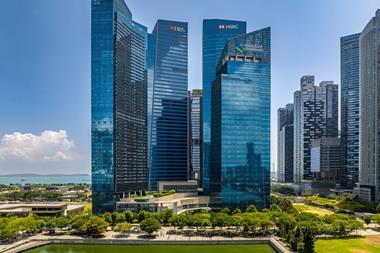INDIA – Hitherto hesitant tenants will drive up office occupation in India's second-tier cities over the next six months as global green shoots and domestic diversification mitigate market volatility, according to DTZ.
A survey of 100 occupiers found almost half expected rates to stay stable over the next 6-12 months, with 70% expecting an increase in 2014.
DTZ's head of India research Rohip Kumar said: "If you're shopping around the new space, now is the time – rather than next year."
Compared with declining occupancy costs in the US of 6%, occupancy costs in North Asia last year rose by 6.7% and in South Asia stood at close to 3% – above the global inflation average.
Occupancy costs in all six measured Indian cities except Mumbai are expected to increase above the South Asian average of 4.5% in 2013-14.
Kumar identified a resolution of the previous mismatch between space offered by landlords and that demanded by tenants as an indicator of a maturing market.
"Vacancies will remain higher than the historical average in 2013, but now that there's more realism being adopted by the supply side, we can expect less volatility in the coming years," he said.
Sector diversification into banking and pharmaceuticals would also boost market stability, he added.
The IT sector, which accounted for 50% of office space last year, was forecast to account for only 30% of the market in 2013.
Meanwhile, India's economic growth is likely to rival that of China over the next 3-5 years as a result of domestic demand, according to the DTZ forecast.
Dominic Brown, head of South Asia research, said: "There is cautious optimism out there. Green shoots are emerging. The worst of the situation seems to be fading."
However, Brown warned of a continuing "large degree of uncertainty", with a significant increase in the perception of downside risks in the year to 2013.
In a set of forecast scenario probabilities from Oxford Economics, based on the shift in market sentiment from January to January 2013, the upside case for corporate reawakening declined from 10% to 5% in July, where it remained until January 2013.
Yet Brown added that the downside scenario for 2013 to 2017 would affect Asia less than the US and Europe, and India least of all.
"Although shock waves coming out of Europe were felt throughout the global economic system, the actual impact was somewhat limited in the Indian market," he said.












